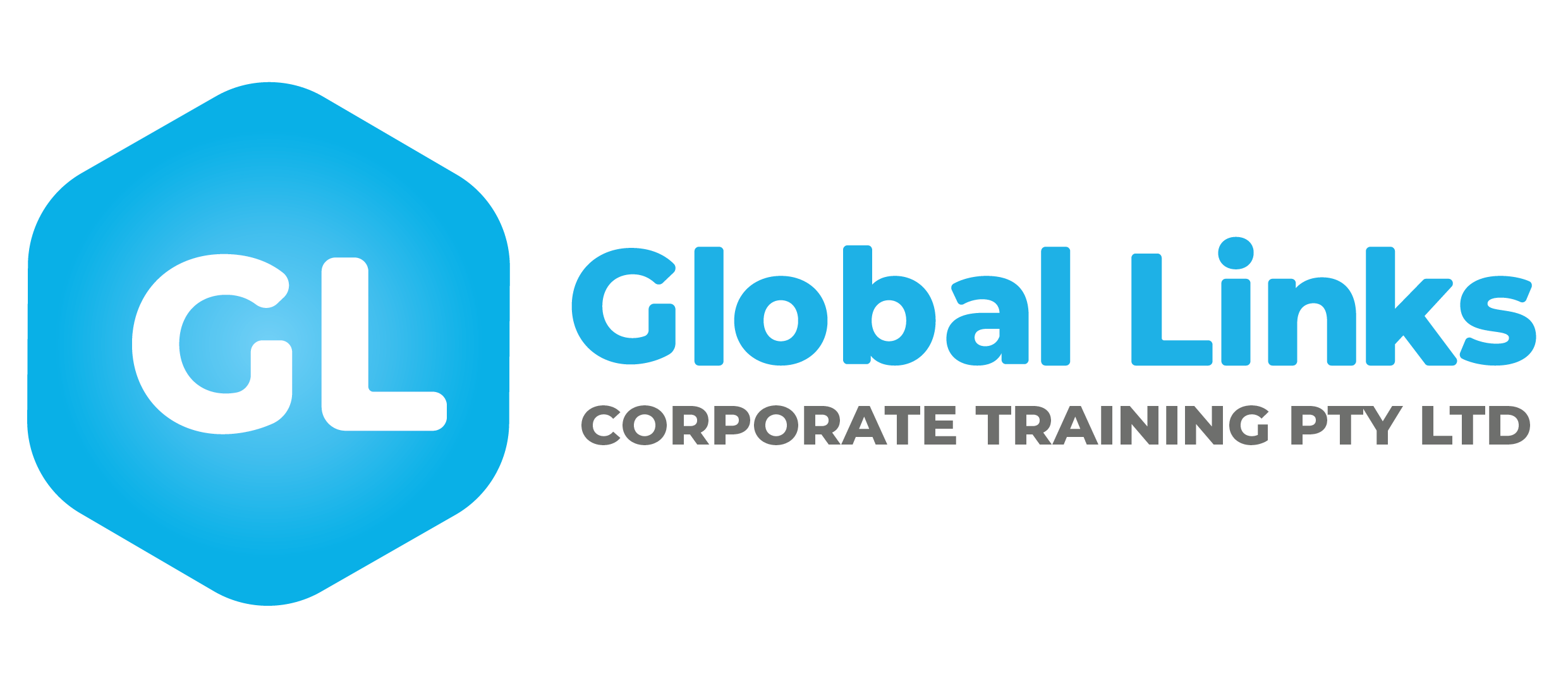Public-Private Models to Unlock South Africa’s Grid Capacity.
- Global Links Corporate Training
- Oct 30, 2023
- 3 min read
South Africa is currently grappling with the pressing issue of insufficient grid capacity and distribution capabilities, hindering the country's ability to attract investment and support economic growth. As the nation seeks solutions to this challenge, the concept of implementing public-private models to address the grid capacity issue has gained traction. However, it is essential to recognize that splitting Eskom, the state-owned electricity company, into three separate entities, as proposed by some, comes with significant challenges. This article aims to explore the potential benefits of public-private models while considering the drawbacks of splitting Eskom.

Insufficient Grid Capacity and Distribution Challenges:
Insufficient grid capacity in South Africa has been a persistent issue, causing power outages, hindering economic activities, and deterring potential investors. The existing infrastructure struggles to meet the increasing electricity demands of both households and industries. Additionally, distribution challenges further exacerbate the situation, leading to power disparities and inefficiencies across the country.
Potential Benefits of Public-Private Models:
There are several potential benefits to using public-private models to unlock South Africa's grid capacity, these include:
Capital investment: One of the significant advantages of public-private models is the infusion of capital from private sector entities. By partnering with private companies, the South African government can tap into additional financial resources to expand and upgrade the grid infrastructure rapidly.
Expertise and efficiency: Private sector entities bring specialized expertise and efficiency to the table. Leveraging the knowledge and experience of private companies in power generation, transmission, and distribution can lead to improved operational efficiency, reduced downtime, and enhanced grid management practices.
Innovation and technology: Collaborating with private companies can foster innovation and technological advancements in the energy sector. The introduction of smart grids, renewable energy integration, and energy storage solutions can help optimize grid capacity, improve reliability, and reduce reliance on traditional fossil fuels.
Challenges in Splitting Eskom:
While public-private models offer several potential benefits, there are also some challenges that need to be considered. One of the most significant challenges is the potential for splitting Eskom into three separate entities. This would entail significant financial implications, loss of economies of scale, regulatory complexity, and workforce disruptions.
Financial implications: Splitting Eskom into three separate entities would require dividing the company's assets, debts, and liabilities among the new entities. This could create complications and potentially burden the South African government and taxpayers.
Loss of economies of scale: Eskom currently benefits from economies of scale due to its integrated structure. Splitting the company may result in the loss of these advantages, potentially leading to increased costs for consumers and reduced affordability of electricity.
Regulatory complexity: Splitting Eskom would require developing complex regulatory frameworks to govern the three entities effectively. This process may lead to administrative challenges, delays in decision-making, and potential regulatory gaps, which could further hamper the efficiency of the energy sector.
Workforce disruptions: Dividing Eskom could result in workforce disruptions, job losses, and potential labor disputes. Maintaining a skilled workforce is crucial for the smooth operation of the energy sector, and any disruptions in this regard may impede progress and cause social unrest.
South Africa's insufficient grid capacity and distribution capabilities present a significant challenge to the country's economic growth and investment prospects. Exploring public-private models can be a viable approach to unlocking grid capacity and addressing these challenges effectively. While splitting Eskom into three separate entities has been proposed as a solution, it is essential to recognize the potential drawbacks and challenges associated with such a move. Careful consideration should be given to the financial implications, loss of economies of scale, regulatory complexity, and potential workforce disruptions. By adopting a balanced approach, South Africa can harness the benefits of public-private collaboration while carefully navigating the challenges to ensure a sustainable and efficient energy sector for the country's future.
public-private models offer a promising approach to unlocking South Africa's grid capacity. However, it is important to carefully consider the potential challenges and drawbacks before implementing any specific model. By taking a balanced approach, South Africa can ensure that the benefits of public-private collaboration outweigh the risks.
